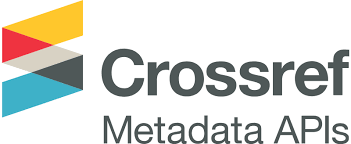The EFFECT OF EARNINGS MANAGEMENT THROUGH ACCOUNTINGS DEVIATION, ACTIVITIES PROFIT RIIL AND ACRUAL TO TAX AGGRESSIVITY
Abstrak
Book tax difference leads an opportunity for earnings management that management calculates the company's earnings for two purposes each year, ie the purpose for financial reporting based on the principles of financial accounting standards and tax reporting based on tax regulations to determine the amount of taxable income or earnings according to fiscal. The Indonesian tax regulations require that the fiscal profit is calculated based on the accrual accounting method, so that the company does not have to double bookkeeping.This study is aimed to examine the effect of earnings management through accounting irregularity, real earnings activities and accrual earnings activites on tax aggressiveness. The samples used in this study are manufacturing companies listed on the Indonesia Stock Exchange (BEI) in the period 2013-2015. Using pusposive sampling, selected companies data amounted to 80, so the total sample in this study of 240. The data examination in this study uses multiple regression analysis with panel data. The results of this study indicate that accounting irregularity has no significant effect on tax aggressiveness. Meanwhile, real earnings management through operating cash flow has a significant negative effect on tax aggressiveness, real earnings management through decreasing discretionary expenses has a significant positive effect on tax aggressiveness, real earnings management through overproduction has a significant positive effect on tax aggressiveness. Furthermore, accrual earnings management has a significant positive effect on tax aggressiveness.
Keywords : Earnings Management, Tax Aggresiveness
- View 1487 times Download 1487 times pdf (English)
















